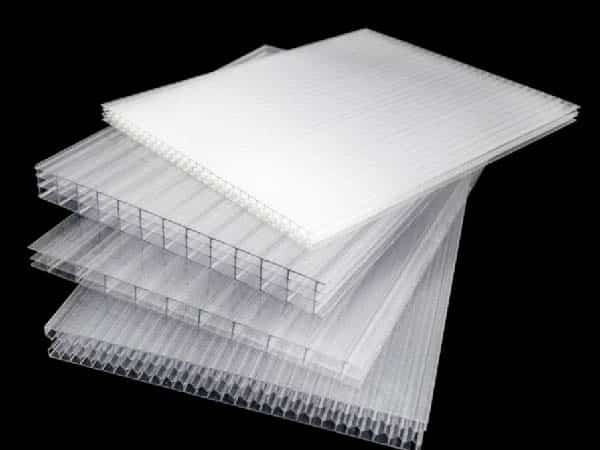In cold climates, a greenhouse’s insulation alone is often insufficient to maintain the temperature plants need to thrive. Modern greenhouses, therefore, rely on heating systems to maintain a warm environment. However, rising global energy costs have significantly increased the operating expenses of these systems, making energy efficiency a critical concern for greenhouse operations.
Don’t Miss: How to Keep a Greenhouse Warm in Winter
This article explores the best materials for greenhouses in cold climates and advanced insulation techniques to optimize energy savings and reduce operating costs during winter.
Top Greenhouse Materials for Winter Insulation
Maintaining optimal temperatures in winter requires minimizing heat loss and blocking cold air entry. Below are three popular materials to improve greenhouse insulation.
1. Bubble Insulation Film
Bubble insulation film is a budget-friendly option that reduces heat loss through an air layer formed by small bubbles. This material is often applied to the inner walls or windows of a greenhouse, allowing sunlight to pass through while providing basic insulation. For many home gardeners, this material a practical and affordable choice for their small greenhouse. Its advantages include low cost, easy installation, and lightweight construction, making it ideal for short-term or seasonal use. However, it ages quickly and has less stable insulation performance than other materials, so regular inspections are needed.
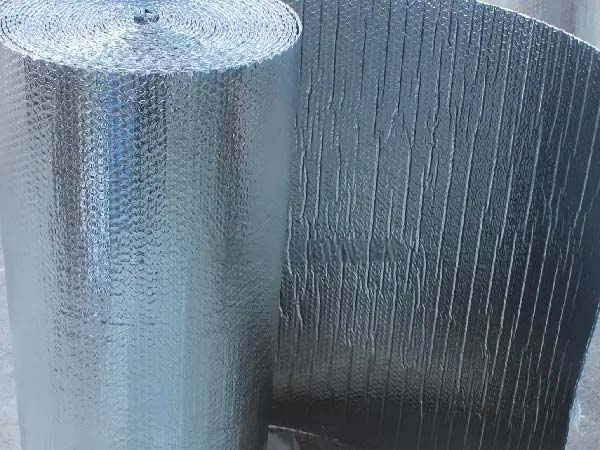
2. Climate Screens
Climate screens, specifically designed for commercial greenhouses, are installed on the roof or sides to optimize insulation. By using a curtain system, these screens can automatically close at night or during low temperatures to minimize heat loss and open during the day to maximize sunlight exposure.
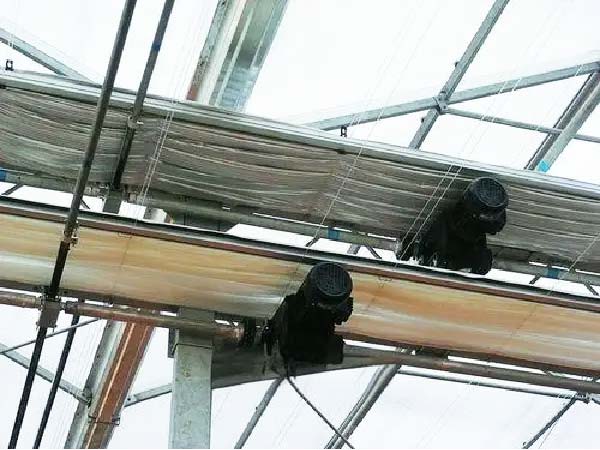
When roof-mounted climate screens are closed, they create an insulating air layer between the screens and the greenhouse roof, significantly enhancing thermal retention. Additionally, by reducing the heated area beneath the unfolded screens, they contribute to energy savings, making them an efficient solution for greenhouse temperature management.
3. Insulating Blankets
Traditional insulating blankets, made from thick cotton fabric, are used to cover greenhouses during extreme cold or nighttime. These blankets act as a thermal layer, effectively minimizing heat loss, much like a quilt for your greenhouse. They are cost-effective and provide excellent insulation, making them ideal for areas with harsh winters. However, they are heavy, inconvenient to move, and need proper storage to avoid moisture damage. Additionally, improper timing for covering and uncovering can lead to sudden temperature swings, potentially harming plant growth.
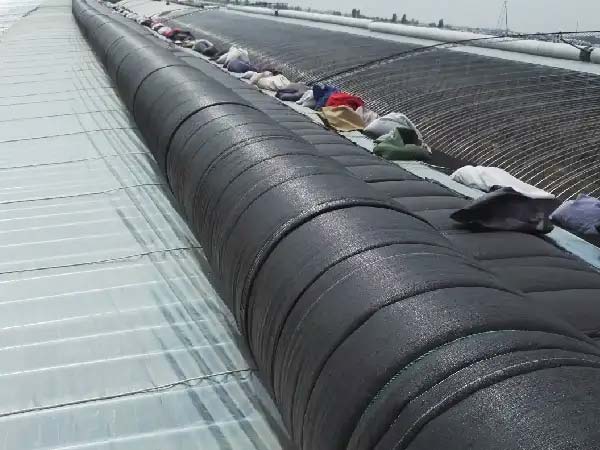
Best Greenhouse Covering Material
Greenhouse coverings typically include glass, polycarbonate panels, and plastic films. Among these, polycarbonate panels stand out as the best material for greenhouses in cold climates due to their exceptional insulation and cost-effectiveness.
Double or triple-layer polycarbonate panels are engineered to enhance insulation. They are lightweight, impact-resistant, and effectively retain heat within the greenhouse. Compared to glass, which loses heat quickly despite excellent light transmission, polycarbonate panels have lower thermal conductivity, making them a superior choice for cold climates.
Also Read: How to Choose Polycarbonate Panels for Greenhouse?
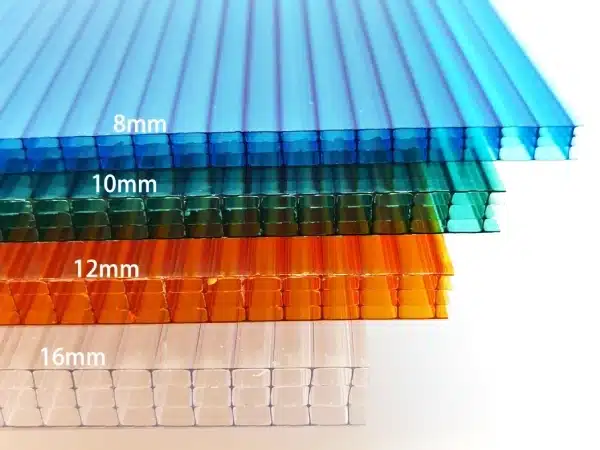
While glass excels in light transmission and insulation, its high thermal conductivity causes rapid heat loss and temperature fluctuations, making it less suitable for extreme winters.
Don’t Miss: What Type of Glass is Used for Greenhouses?
Plastic films are the most affordable option, offering easy installation. However, their insulation is less effective. For better performance in winter, growers often use double or multi-layered plastic films.
Best Greenhouse Designs for Cold Weather
Greenhouse design is crucial for maintaining optimal temperatures in cold climates. Below are the most effective designs for maintaining warmth and energy efficiency.
1. Double-Layer Arch Film Greenhouses
This design enhances insulation through a dual-layer framing structure covered with transparent films and thermal curtains. The multi-layer system includes inner and outer films, a thermal curtain, and a static air layer. At night, the curtain and inner film prevent heat loss, making it an effective solution for maintaining warmth during winter.
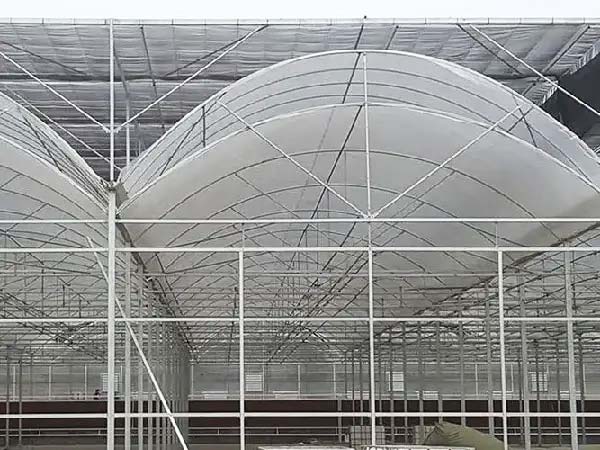
2. Double-Layer Inflatable Film Greenhouses
A highly energy-efficient design, this greenhouse reduces energy consumption by over 40%. An air pump inflates the space between two layers of plastic film, creating an insulating air layer that significantly improves heat retention.
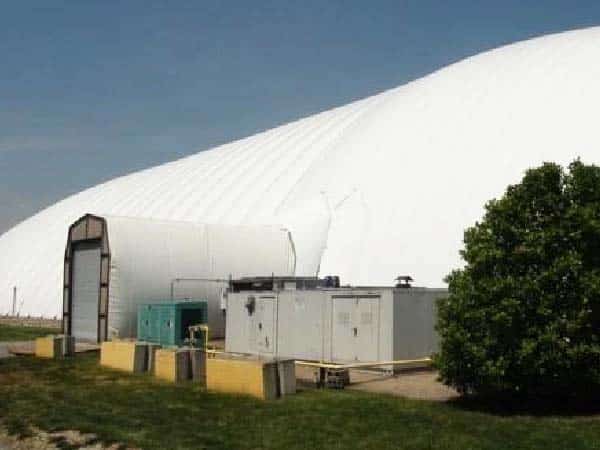
3. Dome-Shaped Greenhouses
Dome-shaped greenhouses are favored in extremely cold regions because they can capture sunlight from all angles and are snow-resistant. These structures are particularly suitable for small-scale family greenhouses.
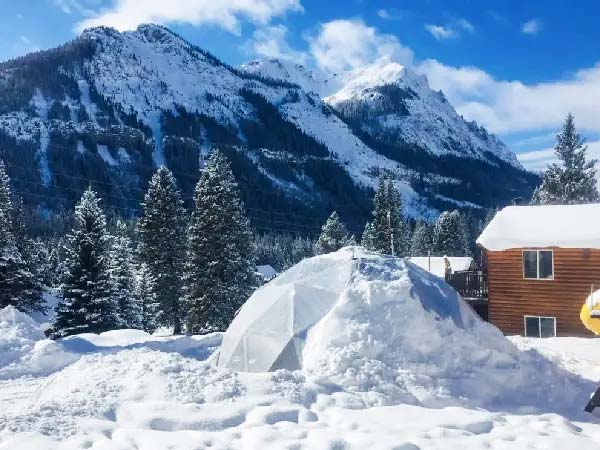
Conclusion
Selecting the right greenhouse materials and designs is essential to maintaining stable temperatures in winter. From polycarbonate panels and bubble insulation films to double-layer inflatable greenhouses, these solutions improve insulation and reduce energy costs. Whether for small-family setups or large-scale greenhouses, finding the best greenhouse material for winter is key to achieving energy efficiency and operational success.

